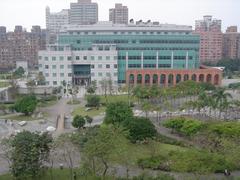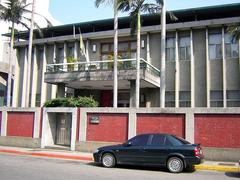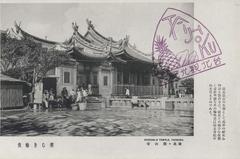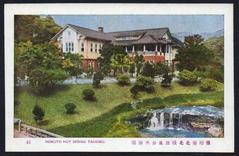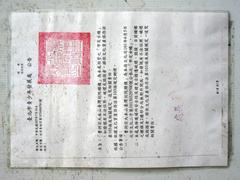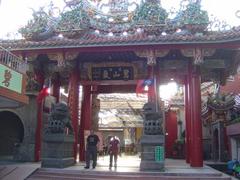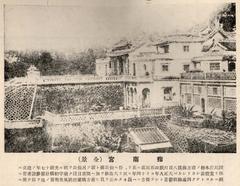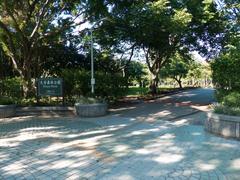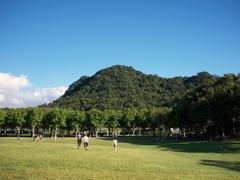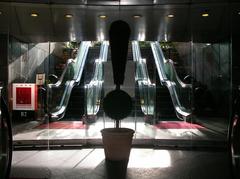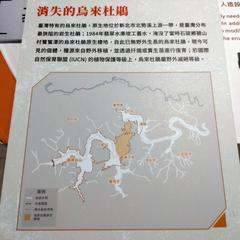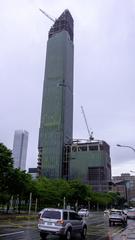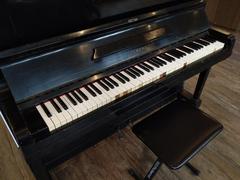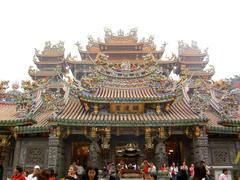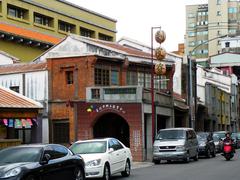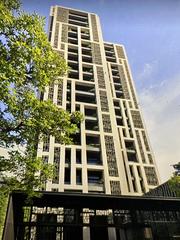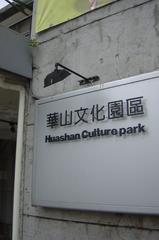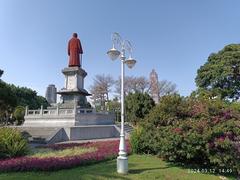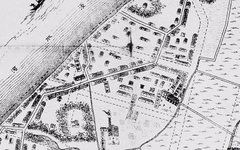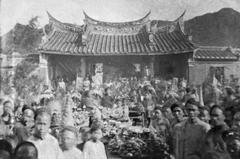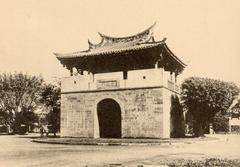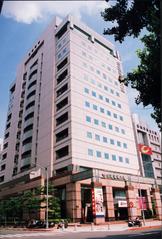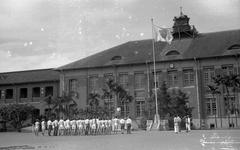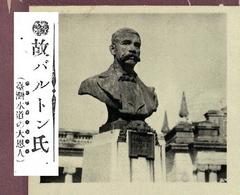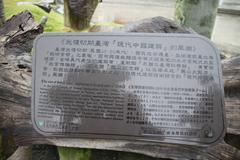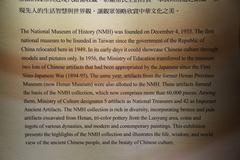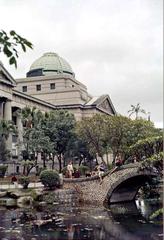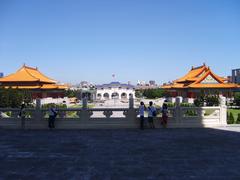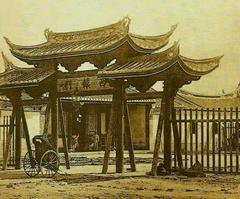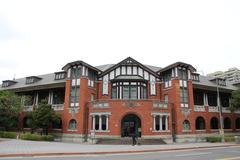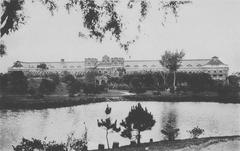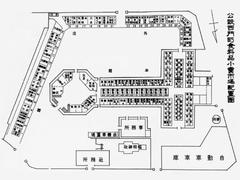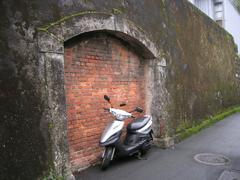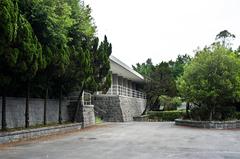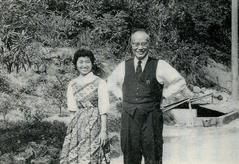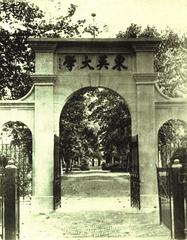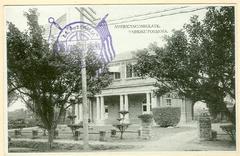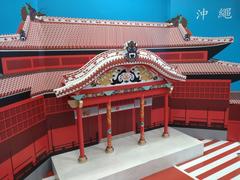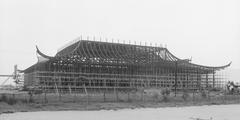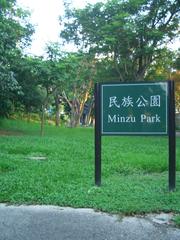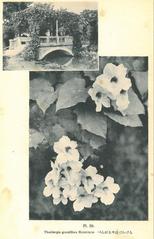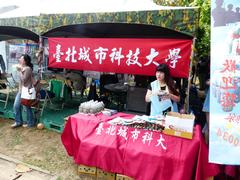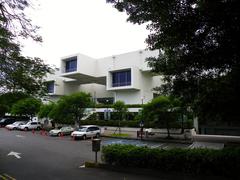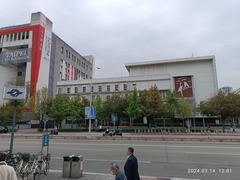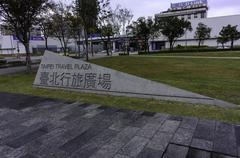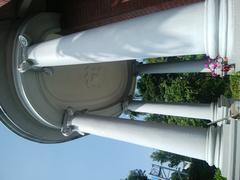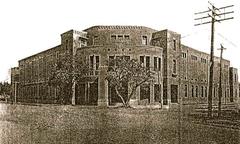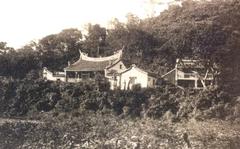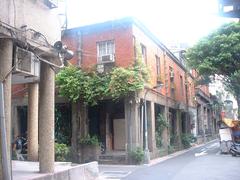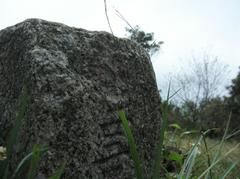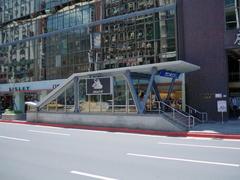Lin An Tai Historical House and Museum Taipei — Visiting Hours, Tickets, and Travel Guide
Date: 15/06/2025
Introduction
The Lin An Tai Historical House and Museum is a remarkable testament to Taiwan’s enduring cultural heritage and architectural history. Situated in the heart of Taipei, this heritage site showcases the exquisite Southern Fujian (Minnan) architectural style and offers a window into the lifestyle, social structures, and craftsmanship of Qing Dynasty Taiwan. Built by the Lin family—early Han Chinese settlers from Anxi County, Fujian Province—between 1783 and 1785, the residence is a living museum that preserves and presents the story of one of the city’s oldest surviving merchant families (Lin An Tai official site; Taiwan Tourism Bureau).
This guide provides a comprehensive overview for visitors, including in-depth historical context, architectural highlights, ticketing and visiting hours, accessibility details, recommended travel tips, and nearby attractions. Whether you are a history enthusiast, architecture lover, or traveler seeking to experience Taipei’s cultural roots, the Lin An Tai Historical House is a must-visit destination.
Table of Contents
- Introduction
- Historical Background and Lin Family Legacy
- Architectural and Cultural Significance
- Visitor Information
- Nearby Attractions
- Preservation, Relocation, and Museum Transformation
- The Lin An Tai House as a Cultural Heritage Site
- Practical Guide: Getting There, Facilities, and Accessibility
- Frequently Asked Questions (FAQ)
- Summary and Call to Action
- References
Historical Background and Lin Family Legacy
Origins of the Lin Family in Taiwan
The Lin An Tai Historical House traces its origins to the Lin family, who migrated from Anxi County, Fujian Province, to Taiwan in the mid-18th century. Lin Chin-Ming (also known as Lin Yao-Kung) led the family across the strait in 1754, settling in northern Taiwan—a region that was rapidly emerging as a commercial hub during the Qing Dynasty. The Lin family contributed significantly to Taipei’s mercantile growth, with Lin Chin-Neng establishing the Rong Tai Company in Bangka (Wanhua District), setting the foundation for the family’s prosperity (english.linantai.taipei).
Construction and Evolution
Between 1783 and 1785, the Lin family built their residence, later expanded in the early 19th century. Originally located in what is now Da’an District, the property was named “An Tai” to honor both the family’s ancestral roots and their commercial success (english.linantai.taipei). The house is one of the oldest and best-preserved examples of Minnan architecture in Taipei.
Architectural and Cultural Significance
The Lin An Tai House exemplifies the Southern Fujian (Minnan) architectural style, featuring:
- Swallowtail Roof Ridges: Symbolizing good fortune and upward mobility.
- Elaborate Wood Carvings and Brickwork: Showcasing Qing-era craftsmanship.
- Courtyard-Centric Layout: The “sanheyuan” (三合院) U-shaped design provides privacy, security, and harmony with nature, in line with feng shui principles (Taipei Travel Net).
- Symbolic Motifs: Carvings of vases, bats, and dragons represent peace, prosperity, and family unity.
- Crescent-Shaped Pond: Serves both aesthetic and practical purposes, enhancing the feng shui.
Western influences—such as Baroque patterns and Dutch tiles—reflect Taiwan’s maritime connections and cosmopolitan history (Exploring With Martin).
Visitor Information
Visiting Hours
- Open: Tuesday to Sunday, 9:00 AM – 5:00 PM (last admission 4:30 PM)
- Closed: Mondays and national holidays
Tickets and Admission
- Admission: Free for all visitors
- Guided Tours: Free tours available in Mandarin and English; advance booking recommended
Accessibility
- Wheelchair-accessible paths and restrooms
- Assistance available upon request
Facilities
- Gift shop with books and traditional crafts
- Restrooms and shaded seating areas
- Free Wi-Fi within museum grounds
- Vending machines for drinks
Practical Guide: Getting There, Facilities, and Accessibility
By Public Transportation
- MRT: Nearest stations are Yuanshan Station or Shuanglian Station (Red Line), each about a 10-minute walk to the museum.
- Bus: Several routes stop nearby; follow signs from “Lin An Tai Historical House” bus stop on Binjiang Street.
- YouBike: Bicycle rental stations are available nearby for a scenic ride.
By Car or Taxi
- Parking: Several lots are available nearby; fees range from NT$30–NT$60/hour.
- Taxi/Uber: Fares from Taipei Main Station are typically NT$120–NT$180.
Accessibility for Visitors with Limited Mobility
- Most main paths are accessible, though some steep or uneven terrain exists in the gardens.
- Taxis and ride-shares can drop visitors directly at the entrance.
Nearby Attractions
- Taipei Fine Arts Museum: Contemporary art exhibitions, 10-minute walk away
- Taipei Expo Park: Gardens, markets, outdoor events adjacent to the museum
- Dajia Riverside Park: Ideal for cycling or walking along the river
- Confucius Temple & Bao’an Temple: Traditional sites within a 30-minute walk
Preservation, Relocation, and Museum Transformation
Threatened by urban development in the late 20th century, the Lin An Tai House was carefully dismantled and relocated to Binjiang Park in the 1980s (Wikipedia). Over 2,000 building components were cataloged and reassembled using traditional methods. The site reopened as a museum in 2000, with further expansions during the 2010 Taipei International Flora Expo.
The Lin An Tai House as a Cultural Heritage Site
Today, Lin An Tai House serves as more than an architectural relic—it is a dynamic cultural hub (Visions of Travel). The museum offers:
- Hands-on workshops (calligraphy, tea ceremonies, traditional crafts)
- Educational programs for schools and the public
- Venue for community events, weddings, and festivals
- Artistic inspiration for photographers and creators
Its preservation story is a model of civic engagement and heritage conservation, inspiring similar efforts across Taiwan.
Frequently Asked Questions (FAQ)
Q: What are the opening hours?
A: Tuesday to Sunday, 9:00 AM – 5:00 PM; closed on Mondays and public holidays.
Q: Is admission free?
A: Yes, admission is free for all visitors.
Q: Are guided tours available?
A: Free tours in Mandarin and English; advance booking recommended.
Q: Is the site accessible for wheelchairs?
A: Most areas are accessible, with ramps and accessible restrooms.
Q: How do I get there by public transport?
A: Take the MRT to Yuanshan or Shuanglian Station (Red Line), then walk about 10 minutes.
Q: Can I take photos?
A: Yes, photography is encouraged, but please respect restricted areas.
Q: Are there nearby places to eat?
A: Numerous cafes and eateries are within a 10-minute walk.
Summary and Call to Action
The Lin An Tai Historical House and Museum stands as a captivating cultural landmark in Taipei, offering a profound insight into Taiwan’s architectural heritage and the traditions of Han Chinese settlers. Its harmonious blend of artistry, cultural symbolism, and historical authenticity, paired with immersive workshops and community events, make it a living, vibrant heritage site (Lin An Tai official site; Taipei City Government; Visions of Travel).
The museum’s free admission, accessibility, and proximity to other Taipei historical sites make it an essential stop for travelers and locals alike. For the latest updates, event information, and cultural tips, download the Audiala app and follow us on social media to enrich your Taipei travel experience.
Experience the beauty and history of the Lin An Tai Historical House—a true gem linking Taiwan’s storied past with its vibrant present.
